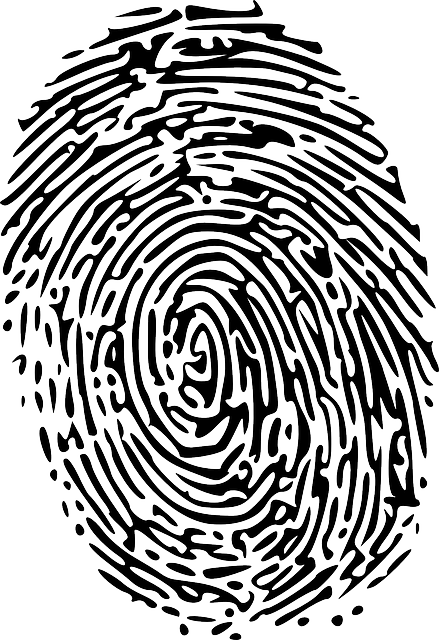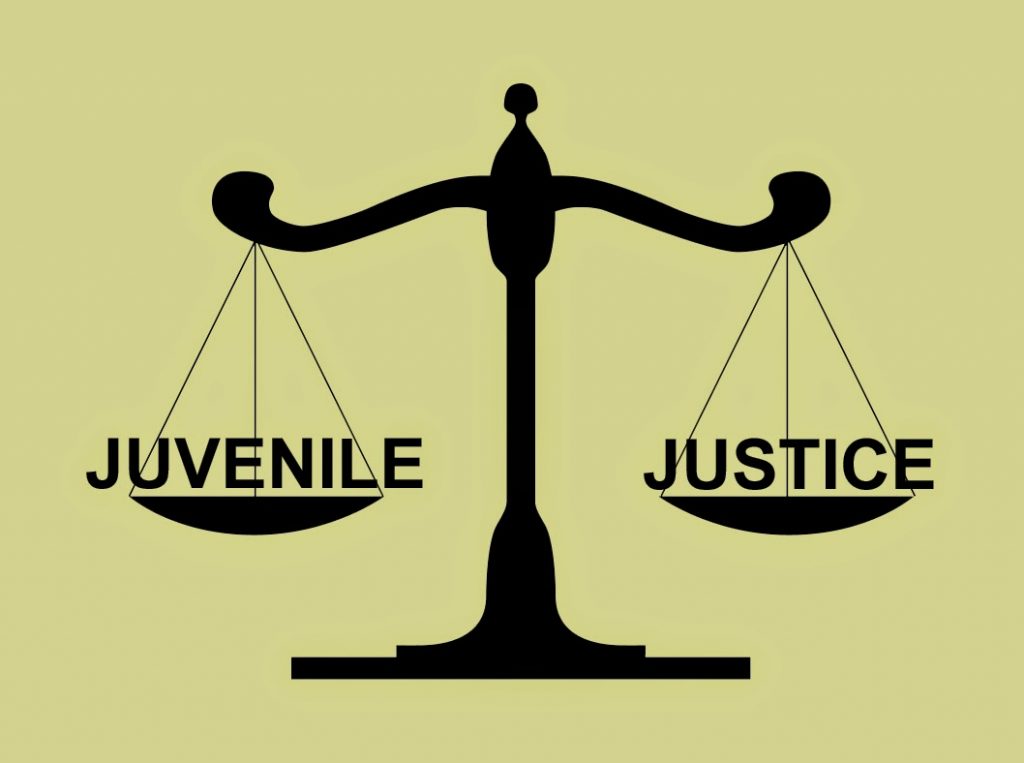Bail Hearings and the Reinforcement of the “Ladder Approach” and the “ability to pay”: by J.S. Patel, Criminal Lawyer – Bail Hearings: 403-585-1960
The Supreme Court of Canada recently address the constitutional of Section 512(2)(e) of the Criminal Code of Canada in the context of Judicial Interim Release (bail hearings) in
Regina v. Antic 2017 SCC 27/. Parenthetically, he was not represented by a Criminal Defence lawyer at his appeal before the Supreme Court. Mr. Antic lost this appeal. The critical issue before the appeal was whether Section 512(2)(e) permits a justice of the peace or a judge, without the submissions of a criminal defence lawyer, to require require both a cash deposit and surety supervision only if the accused is from out of the province or does not ordinarily reside within 200 km of the place in which he or she is in custody. Mr. Antic was an Ontario resident that ordinarily resided outside of the two-hundred (200) geographic limiter relative to the place of the indexed offence. On an application by a criminal defence lawyer in the Ontario Superior Court of Justice for a bail review, the presiding Justice found that
since the geographical limitation in
s. 515(2) (e) prevented the Superior Court from granting bail on the terms that it deemed appropriate, the provision violated the right not to be denied reasonable bail without just cause under
s. 11 (
e) of the
Charter . Accordingly, the Court severed and struck down the geographical limitation in
s. 515(2) (e) and ordered A’s release with a surety and a cash deposit of $100,000. The Public Prosecution Service of Canada (the “Crown”) sought to appeal the decision from the Superior Court to the Court of Appeal; and then ultimately to the Supreme Court of Canada. The Supreme Court of Canada held that the provision was not unconstitutional, as found by the Superior Court of Justice in Ontario, and allowed the Crown appeal and reversed the declaration of unconstitutionality. The real importance of this decision sits with the SCC’s reinforcement of the proper bail principles and the manner in that they were currently being inconsistently applied through out the domain of Canada. The SCC went through all of the applicable bail principles that may be “
traced back to English antiquity”, to assist the Courts, Criminal Bail Lawyer, and Crown prosecutors with succinct bail principles under the well know “
Ladder Approach” – it is codified under Section 515(2) of the Criminal Code of Canada:
[46] Aside from the release of an accused under s. 515(1) on his or her giving an undertaking without conditions, s. 515(2) sets out the other permissible forms of pre-trial release:
(2) Where the justice does not make an order under subsection (1), he shall, unless the prosecutor shows cause why the detention of the accused is justified, order that the accused be released
(a) on his giving an undertaking with such conditions as the justice directs;
(b) on his entering into a recognizance before the justice, without sureties, in such amount and with such conditions, if any, as the justice directs but without deposit of money or other valuable security;
(c) on his entering into a recognizance before the justice with sureties in such amount and with such conditions, if any, as the justice directs but without deposit of money or other valuable security;
(d) with the consent of the prosecutor, on his entering into a recognizance before the justice, without sureties, in such amount and with such conditions, if any, as the justice directs and on his depositing with the justice such sum of money or other valuable security as the justice directs; or
(e) if the accused is not ordinarily resident in the province in which the accused is in custody or does not ordinarily reside within two hundred kilometres of the place in which he is in custody, on his entering into a recognizance before the justice with or without sureties in such amount and with such conditions, if any, as the justice directs, and on his depositing with the justice such sum of money or other valuable security as the justice directs.
As stated by the Court, each provision, moving from s. 515(2)(a) to s. 515(2)(e), involves more burdensome conditions of release for the accused than the one before it. These forms of release, coupled with the specific release terms a justice or a judge may impose under
s. 515(4) , have significant potential to impinge on an accused person’s liberty.
The theoretical underpinnings of s. 515(2) of the Code avers that the Section 11(e) Charter right not to be denied reasonable bail without just cause is an integral part of an enlightened justice system; it fortifies the concept central to the presumption of innocence especially at the pre-trial stage shortly after the panic stricken stage of an arrest by the Toronto or Calgary Police Services. The right is bifurcated in two (2) prongs: (i) anyone charged with an offence, bears the right not to be denied bail without just cause (as stated above); and (ii) NOT to be denied reasonable bail.
Under the first prong, “circumstances, and the denial is necessary to promote the proper functioning of the bail system and is not undertaken for any purpose extraneous to that system”. While under the second prong of the right, “…the right to reasonable bail, relates to the terms of bail, including the quantum of any monetary component and other restrictions that are imposed on the accused for the release period. It protects accused persons from conditions and forms of release that are unreasonable.”
The SCC stated the strongly emphasized the following in regards to the second prong of the right to reasonable bail:
“While a bail hearing is an expedited procedure, the bail provisions are federal law and must be applied consistently and fairly in all provinces and territories. A central part of the Canadian law of bail consists of the ladder principle and the authorized forms of release, which are found in
s. 515(1) to
(3) of the
Criminal Code . Save for exceptions, an unconditional release on an undertaking is the default position when granting release. Alternative forms of release are to be imposed in accordance with the ladder principle, which must be adhered to strictly: release is favoured at the earliest reasonable opportunity and on the least onerous grounds. If the Crown proposes an alternate form of release, it must show why this form is necessary for a more restrictive form of release to be imposed. Each rung of the ladder must be considered individually and must be rejected before moving to a more restrictive form of release. Where the parties disagree on the form of release, it is an error of law for a judge to order a more restrictive form without justifying the decision to reject the less onerous forms. A recognizance with sureties is one of the most onerous forms of release, and should not be imposed unless all the less onerous forms have been considered and rejected as inappropriate. It is not necessary to impose cash bail on accused persons if they or their sureties have reasonably recoverable assets and are able to pledge those assets to the satisfaction of the court. A recognizance is functionally equivalent to cash bail and has the same coercive effect. Cash bail should be relied on only in exceptional circumstances in which release on a recognizance with sureties is unavailable. When cash bail is ordered, the amount must not be set so high that it effectively amounts to a detention order, which means that the amount should be no higher than necessary to satisfy the concern that would otherwise warrant detention and proportionate to the means of the accused and the circumstances of the case.
The judge is under a positive obligation to inquire into the ability of the accused to pay. Terms of release under
s. 515(4) should only be imposed to the extent that they are necessary to address concerns related to the statutory criteria for detention and to ensure that the accused is released. They must not be imposed to change an accused person’s behaviour or to punish an accused person. Where a bail review is requested, courts must follow the bail review process set out in
R. v. St‑Cloud, 2015 SCC 27, [2015] 2 S.C.R. 328.”
In Mr. Antic’s criminal bail appeal, the Court found that
s. 515(2) (e) of the
Criminal Code did not have the effect of denying him bail
but rather it was the Superior Court bail review judge’s application of the bail provisions that did so. The Superior Court judge committed two (2) errors in delineating the release order: (i) First, by requiring a cash deposit with a surety, one of the most onerous forms of release, he failed to adhere to the ladder principle. Even though Mr. Antic had offered a surety with a monetary pledge, the bail review judge was fixated on and insisted on a cash deposit because he believed the erroneous assumption that cash is more coercive than a pledge; and (ii) Second, the bail review judge erred in making his decision on the basis of speculation as to whether Mr. Antic might believe that forfeiture proceedings would not be taken against his elderly grandmother if he breached his bail terms. A judge cannot impose a more onerous form of release solely because he or she speculates that the accused will not believe in the enforceability of a surety or a pledge. Parliament expressly authorized the possibility of an accused being released on entering into a recognizance with sureties in the place of cash bail, and judges should not undermine the bail scheme by speculating, contrary to any evidence and to Parliament’s intent, that requiring cash will be more effective. As a result the Court found at para 49 as follows, in relevant part:
[49] Therefore, where a monetary condition of release is necessary and a satisfactory personal recognizance or recognizance with sureties can be obtained, a justice or a judge cannot impose cash bail. A pledge and a deposit perform the same function: the accused or the surety may lose his or her money if the accused person breaches the terms of bail. Release with a pledge of money thus has the same coercive power as release with a cash deposit.
If charged with a criminal or immigration offence, it is critical to contact a competent Defence lawyer that is away of the panoply of rights available to you. Call: 403-585-1960 to speak to a lawyer or leave a confidential voice mail for a free consultation
 The Court of Appeal in Regina v. Esseghaier, 2021 ONCA 162 had occasion to consider the scope of the Crown’s duty to inquire about disclosure held by a third party policing agency, the Federal Bureau of Investigation (the “FBI”)). The Ontario Court of Appeal addressed some preliminary issues regarding a disclosure application brought by the defendants who were convicted of terrorism offences following a jury trial and sentenced to life imprisonment.
The appealed raised a number of grounds. It was allowed. A new trial was ordered on the ground that the trial judge made an error in the jury selection process (2019 ONCA 672). The Supreme Court of Canada allowed the Crown’s appeal, restored the convictions, and remitted the remaining grounds of appeal to the Court of Appeal for determination (2021 SCC 9). However, in November 2020, the appellants filed a notice of application under s.683(1)(a) of the Criminal Code,requesting an order directing the Crown to obtain and disclose certain information from the FBI . The disclosure application related to a purported communication between the trial judge and the handler for an FBI agent who was a witness at the defendants’ trial. The narrow issue at appeal was whether there was a reasonable apprehension of bias. The defendants wished to advance the appeal on that basis. The Crown brought a motion for directions and requested that the application for disclosure be summarily dismissed.
The court declined to summarily dismiss the disclosure application. The court held that although there was much to be said for the Crown’s position that the alleged communication was not capable of giving rise to a reasonable apprehension of bias, it was premature to advance that argument at this stage. The court also held that, at this stage, it did not need to resolve the issue of whether or not the court could compel the Crown to have a willsay or affidavit created. The court stated that, pursuant to Regina v. McNeil, 2009 SCC 3, the Crown had a duty to ask the Royal Canadian Mounted Police to make inquiries about whether the alleged communication occurred. The court ordered the Crown to take further steps to obtain the requested disclosure. The Court stated at para 27:
[27] The Crown’s obligation is to make proper inquiries. While the Crown properly asked the RCMP to inquire as to whether Agent El Noury or Nelly had contemporaneous notes or memory aids in respect of the communications, the Crown did not ask for information about the obvious question: did the alleged communication occur? From the outset, the responding parties have been asking for an answer to that question in the form of a willsay or affidavit. While we would not at this stage order that the information be provided in either of those formats, leaving the argument of that matter to another day should the need arise, it is time for the Crown to meet its disclosure obligations and ask the RCMP to make inquiries about:
(a) whether the alleged communication between Nelly and the trial judge, as recounted in Agent El Noury’s book, or some similar type of communication, took place and, if so, whether there are any notes, electronic or otherwise, making reference to that communication?
(b) whether the alleged communication between Nelly and Agent El Noury, as recounted in Agent El Noury’s book, or some similar type of communication, took place and, if so, whether there are any notes, electronic or otherwise, making reference to that communication?
The Court of Appeal in Regina v. Esseghaier, 2021 ONCA 162 had occasion to consider the scope of the Crown’s duty to inquire about disclosure held by a third party policing agency, the Federal Bureau of Investigation (the “FBI”)). The Ontario Court of Appeal addressed some preliminary issues regarding a disclosure application brought by the defendants who were convicted of terrorism offences following a jury trial and sentenced to life imprisonment.
The appealed raised a number of grounds. It was allowed. A new trial was ordered on the ground that the trial judge made an error in the jury selection process (2019 ONCA 672). The Supreme Court of Canada allowed the Crown’s appeal, restored the convictions, and remitted the remaining grounds of appeal to the Court of Appeal for determination (2021 SCC 9). However, in November 2020, the appellants filed a notice of application under s.683(1)(a) of the Criminal Code,requesting an order directing the Crown to obtain and disclose certain information from the FBI . The disclosure application related to a purported communication between the trial judge and the handler for an FBI agent who was a witness at the defendants’ trial. The narrow issue at appeal was whether there was a reasonable apprehension of bias. The defendants wished to advance the appeal on that basis. The Crown brought a motion for directions and requested that the application for disclosure be summarily dismissed.
The court declined to summarily dismiss the disclosure application. The court held that although there was much to be said for the Crown’s position that the alleged communication was not capable of giving rise to a reasonable apprehension of bias, it was premature to advance that argument at this stage. The court also held that, at this stage, it did not need to resolve the issue of whether or not the court could compel the Crown to have a willsay or affidavit created. The court stated that, pursuant to Regina v. McNeil, 2009 SCC 3, the Crown had a duty to ask the Royal Canadian Mounted Police to make inquiries about whether the alleged communication occurred. The court ordered the Crown to take further steps to obtain the requested disclosure. The Court stated at para 27:
[27] The Crown’s obligation is to make proper inquiries. While the Crown properly asked the RCMP to inquire as to whether Agent El Noury or Nelly had contemporaneous notes or memory aids in respect of the communications, the Crown did not ask for information about the obvious question: did the alleged communication occur? From the outset, the responding parties have been asking for an answer to that question in the form of a willsay or affidavit. While we would not at this stage order that the information be provided in either of those formats, leaving the argument of that matter to another day should the need arise, it is time for the Crown to meet its disclosure obligations and ask the RCMP to make inquiries about:
(a) whether the alleged communication between Nelly and the trial judge, as recounted in Agent El Noury’s book, or some similar type of communication, took place and, if so, whether there are any notes, electronic or otherwise, making reference to that communication?
(b) whether the alleged communication between Nelly and Agent El Noury, as recounted in Agent El Noury’s book, or some similar type of communication, took place and, if so, whether there are any notes, electronic or otherwise, making reference to that communication?




